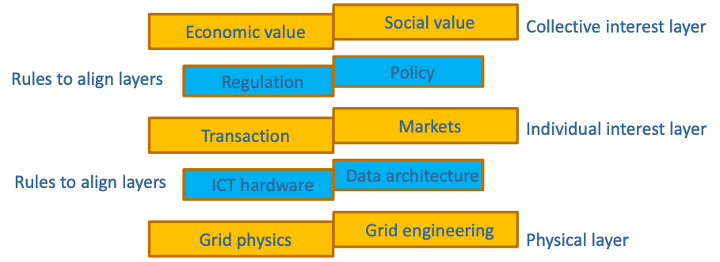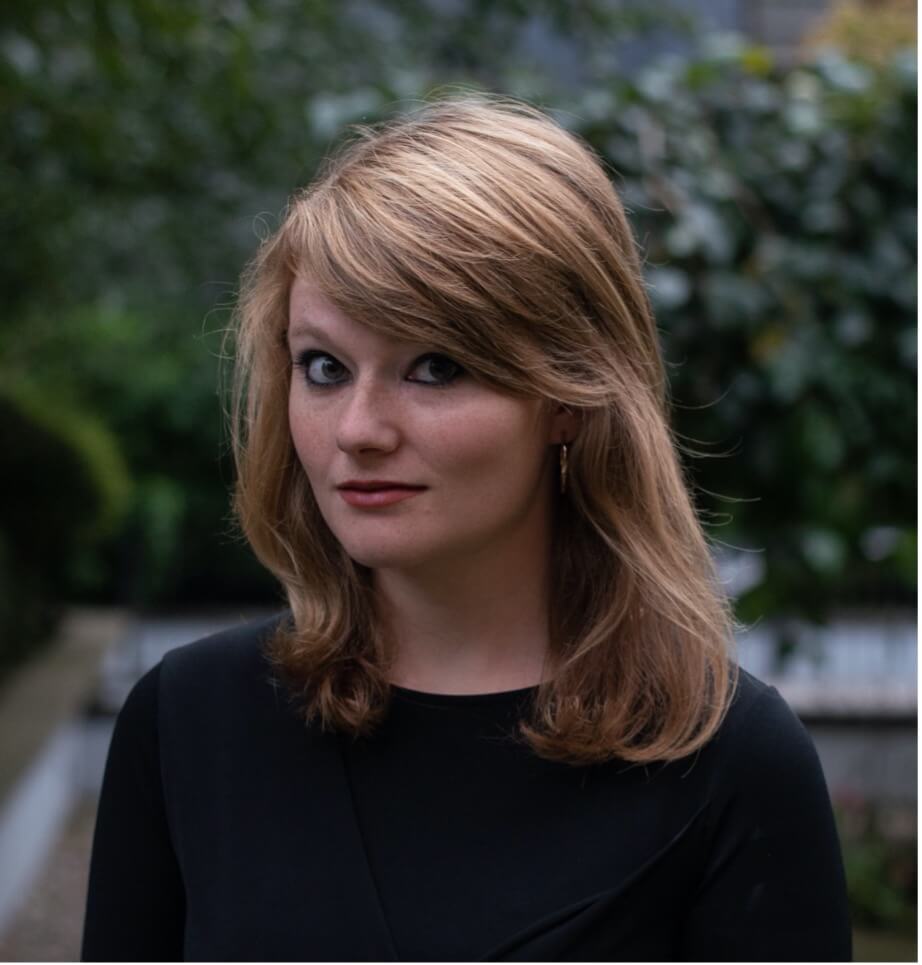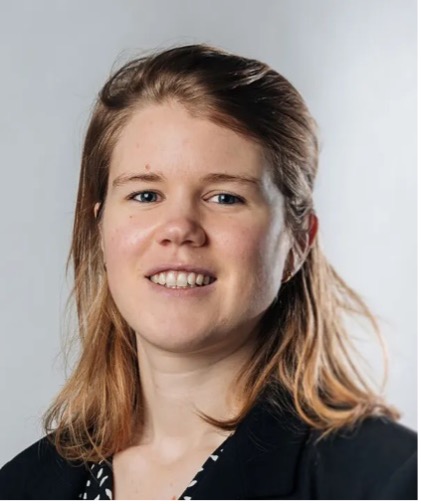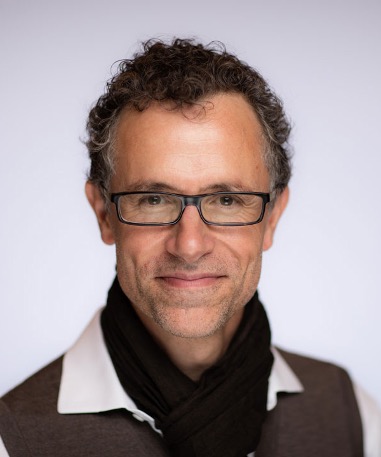Global Perspectives on Peer-to-Peer, Community Self-Consumption & Transactive Energy Models
Written by Anna Gorbatcheva, Nicole Watson, Shafi Khadem, Alexandra Schneiders, and David Shipworth
With increasing global concern about the impact of climate change, there is a need to empower energy citizens to contribute to the energy transition through more active participation. Different energy exchange mechanisms exist, and some of the most important ones are peer-to-peer (P2P), Community Self-Consumption (CSC) and Transactive Energy (TE). Stakeholders such as consumers, producers, technology providers, policymakers, and academics are very active these days. Still, there is a lack of consensus on the terms P2P, CSC, and TE, and there's also a lack of communication among these stakeholder bodies. The Global Observatory on P2P Energy Trading (GO-P2P) has taken an initiative to develop an observatory on this task to define these concepts and minimise the gaps in the real-field practices. This article will discuss the ongoing work of GO-P2P where the physical, ICT, market, socio-economic, policy and regulatory layers on these models are being explored in detail to ensure a horizontal and vertical integration across the layers and the parties involved. Some of the key findings will be outlined here with a recommendation for the next steps.
Introduction
As we move towards greener, more distributed energy generation, the role of some actors in the energy space is changing. Among these are residential energy consumers, because of the increased installation of Distributed Energy Resources (DERs) such as small-scale solar photovoltaic, energy storage, heatpumps and electric vehicles. These devices and their smart interconnections provide energy consumers with valuable assets whose full potentials are not yet fully exploited and considered in the incentive mechanisms of energy markets [1].
Enabling the active participation of energy end-users in future market designs is both desirable and necessary to respond to the challenges that energy systems face globally. Besides contributing to a more democratised, consumer-centred market design, these users can provide grid services in the form of demand-side response, load management, or frequency control that will be essential to reduce grid reinforcement costs and contribute to greener, more flexible smart grid networks [2].
Under the umbrella term of Local Energy Markets (LEM), various models have been introduced in both academia and industry that incentivise the participation of these active energy users. Some of the more prominent models proposed are Peer-to-Peer Energy Trading (P2P), Community or Collective Self-Consumption (CSC) and Transactive Energy (TE). Regulators are working on first definitions to establish a common ground for future development while academia and industry works on piloting different froms of LEMs. Although this work is coinciding, the lack of knowledge exchange and lessons learned is slowing down the uptake of such systems. To advance the energy transition, a common understanding of these new energy markets is required, specifically with a focus on policy, regulatory, social and technological conditions for a wider deployment of these models.
The Global Observatory
The Global Observatory on Peer to Peer, Transactive Energy and Collective/Community self Consumption 1 (GO-P2P) aims to fill this gap. GO-P2P is a Task of the User-Centred Energy Systems Technology Collaboration Programme 2 (UsersTCP) which sits under the auspices of the International Energy Agency and brings together more than 200 experts from 22 participating countries. This represents the first international, pre-competitive forum for collaboration between diverse stakeholders, including policymakers, industry, and academia.
One of GO-P2P's core aims is to facilitate international exchange of valuable evidence on factors determining the uptake of P2P/CSC/TE models and their viability. Within GO-P2P, five subtasks (STs) led by world-leading institutions are working to understand the key challenges and evidence gaps surrounding five layers that need to be aligned if these models are to become widely deployed (see Figure 1). These are: ST1) power systems integration; ST2) hardware, software and data; ST3) transactions and markets; ST4) economic and social value; and ST5) policy and regulation. In emerging decentralised energy models, we often find these layers are misaligned. For example, what is in the collective interest might not benefit individuals, and the value associated with an energy transaction does not reflect the actual energy traded.

Figure 1: Five layers of the GO-P2P subtasks [3]
GO-P2P takes both a horizontal and vertical approach to these layers. From the "horizontal" perspective, it seeks to understand the challenges and opportunities associated with each of these layers individually. It also takes a "vertical" perspective, aiming to understand where synergies and contradictions between the layers might arise, and how these layers can be brought into alignment.
Key Findings From Literature Reviews
The first deliverable of the GO-P2P was to review academic, regulatory, and industry literature to create an shared understanding of the current state-of-art design and operation of P2P/CSC/TE models. The key findings resulting from those literature reviews are summarized below:
ST1 reviewed the possible problems and benefits of LEMs operation, the methods to include network constraints in LEM models, and their possible impacts on grid distribution and transmission network operation. Some of the key findings are that the voltage problems and congestion are the most critical impact of LEM on the network, prosumer strategies for demand will affect voltage levels, most studies ignored phase imbalance due to household connections, some studies showed LEM could enhance imbalance between phases and network control solutions are a pre-requisite for enabling integration of LEMs. [4]
ST2 reviewed the current state of practice on hardware, software and data research topics for the P2P/CSC/TE energy business and sharing models. Thus, it compiled the information of main hardware devices, software (including blockchain) and their features but with a focus on interfaces and applications.
This initial review answered the following questions:
- What hardware and software were mentioned by P2P, CSC and TE projects (and were they trialled)?
- What data was gathered, what was it used for and who had access to it?
- What areas existed in the available documentation (publications, reports, white papers and websites) that require further research? [5]
ST3 reviewed the market design and transaction mechanisms of P2P/CSC/TE models. The reviews have identified similarities and differences between the models and identified six archetypal market designs that can be found throughout the literature. The reviews have defined nine key market actors involved, their business models, and the interactions between those actors in P2P, TE, and CSC markets. Further research needs to be conducted with regards to the consideration physical grid constraints, the scalability and replicability of market designs, and the information security and prosumer privacy for these markets to be operational in the real world. [6]
ST4 reviewed literature on social and economic value in P2P/CSC/TE models. These models were most popular among technology early adopters, those concerned about climate change, and younger, wealthier, educated, and less politically conservative people. Studies highlighted the importance of extensive engagement with households, building relationships within communities, and managing competing stakeholder interests. Forms of social value included: energy independence, local benefits, environmentalism, sharing and social relationships, and a sense of participation and purpose. However, there was also evidence for potential conflicts between value propositions and dangers of a widening "energy wealth gap". [7]
ST5’s literature review highlighted considerations for policy and regulation in this field, focusing on the EU context. Policymakers must tackle how to regulate platforms enabling P2P/TE/CSC. If these platforms are not regulated as energy suppliers, this would deprive prosumers of their rights as energy consumers, as well as the benefits of suppliers’ public service obligations. Similarly, the legal status of prosumers operating in these platforms remains unclear. There are also challenges relating to regulatory frameworks that do not allow consumers to have multiple electricity suppliers, which will be required to support P2P models and the compliance with data protection regulation. [8]
Future Work
To fully understand how P2P, TE, and CSC markets can be scaled, GO-P2P will collect and compare data from real-life case studies identifying key factors that make these models successful or fail. The evidence collected on those studies will help countries globally to advance their regulations to introduce LEM into their existing energy market designs. Evidence will be collected from pilot projects across Australia, Belgium, Ireland, Italy, the Netherlands, Switzerland, the United Kingdom, and the United States using qualitative comparative analysis. The data collected will contribute to the formulation of readiness indices for each country that enhances the deployment of P2P/TE/CSC markets and creates greater transparency and communication between the involved stakeholders.
The results of observatory are published and will be continuously updated here.
Annotations
1 https://userstcp.org/task/peer-to-peer-energy-trading/2 https://userstcp.org/
References
- Y. Parag and B. K. Sovacool, “Electricity market design for the prosumer era,” Nat Energy, vol. 1, no. 4, p. 329, 2016, doi: 10.1038/nenergy.2016.32.
- T. Morstyn, A. Teytelboym, and M. McCulloch, “Designing Decentralized Markets for Distribution System Flexibility,” IEEE Trans. Power Syst., p. 1, 2018, doi: 10.1109/TPWRS.2018.2886244.
- D. Shipworth and A. Schneiders, GO-P2P Launch Event. [Online]. Available: https://userstcp.org/wp-content/uploads/2019/10/ObservatoryLaunch_PresentationsDay1.pdf
- V. Dudjak et al., “Impact of local energy markets integration in power systems layer: A comprehensive review,” Appl. Energy, vol. 301, p. 117434, 2021, doi: 10.1016/j.apenergy.2021.117434.
- B. O’Regan et al., “P2P, CSC and TE: A Survey on Hardware, Software and Data,” Energies, vol. 14, no. 13, p. 3851, 2021, doi: 10.3390/en14133851.
- T. Capper et al., “A Systematic Literature Review of Peer-to-Peer, Community Self-Consumption, and Transactive Energy Market Models,” SSRN Journal, 2021, doi: 10.2139/ssrn.3959620.
- S. Adams et al., “Social and Economic Value in Emerging Decentralized Energy Business Models: A Critical Review,” Energies, vol. 14, no. 23, p. 7864, 2021, doi: 10.3390/en14237864.
- De Almeida, Lucila, V. Cappelli, N. Klausmann, and H. van Soest, “Peer-to-peer trading and energy community in the electricity market : analysing the literature on law and regulation and looking ahead to future challenges, 2021/35, Florence School of Regulation, [Electricity] at:,” EUI RSC, 2021/35, Florence School of Regulation, [Electricity]. [Online]. Available: https://hdl.handle.net/1814/70457
This article was edited by Sara Paiva.
To view all articles in this issue, please go to February 2022 eNewsletter. For a downloadable copy, please visit the IEEE Smart Cities Resource Center.





To have the eNewsletter delivered monthly to your inbox, join the IEEE Smart Cities Community.
Past Issues
To view archived articles, and issues, which deliver rich insight into the forces shaping the future of the smart cities. Older eNewsletter can be found here. To download full issues, visit the publications section of the IEEE Smart Cities Resource Center.



